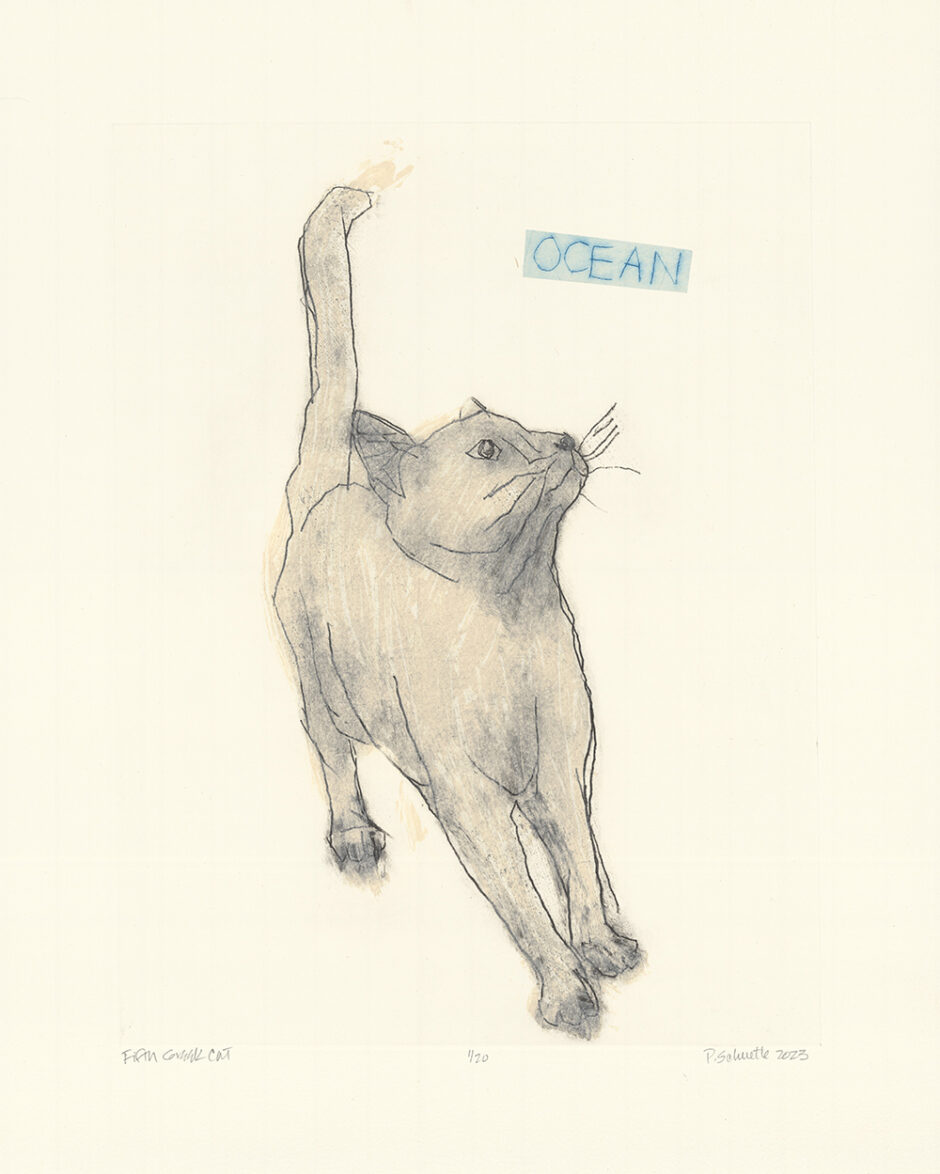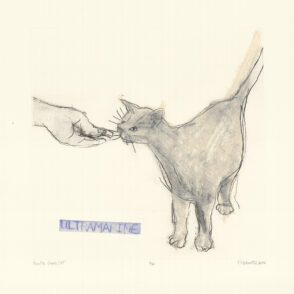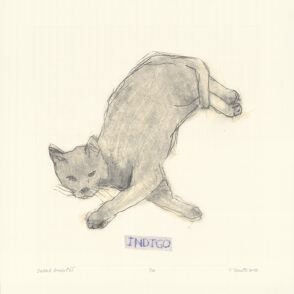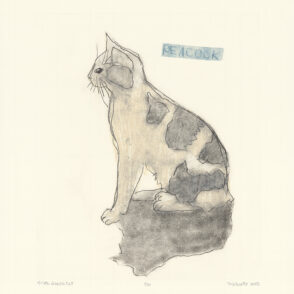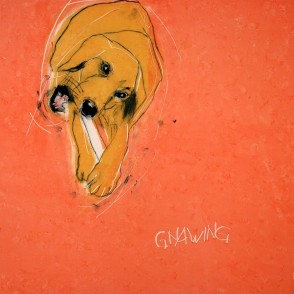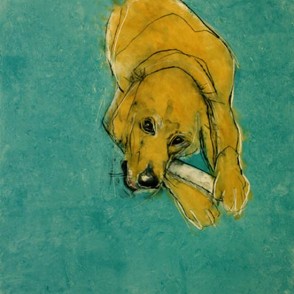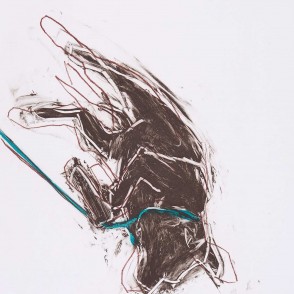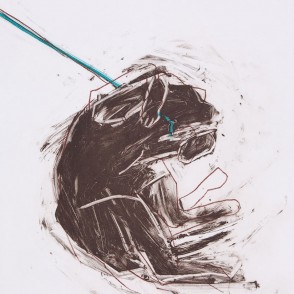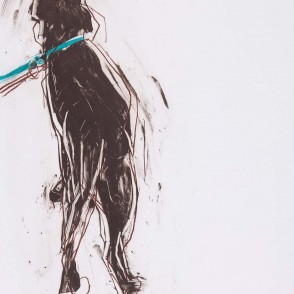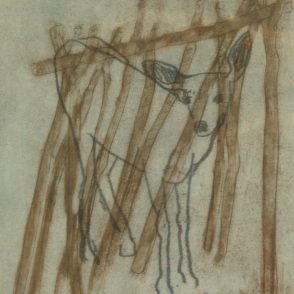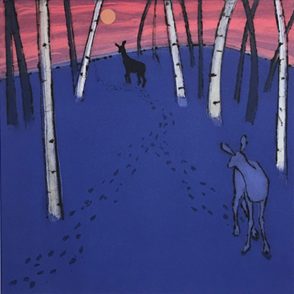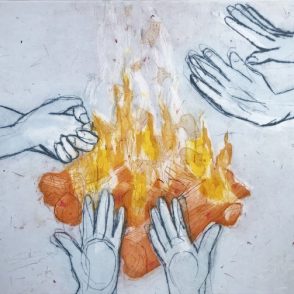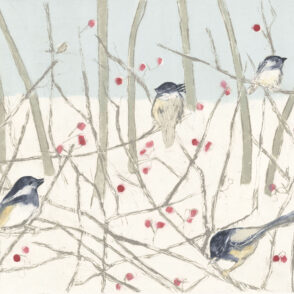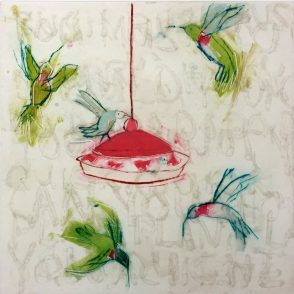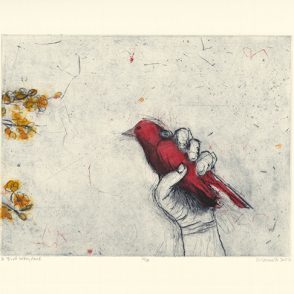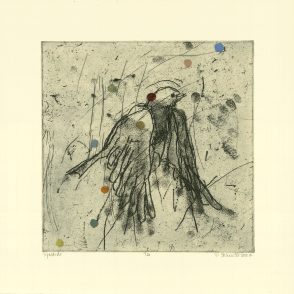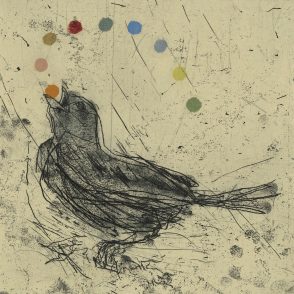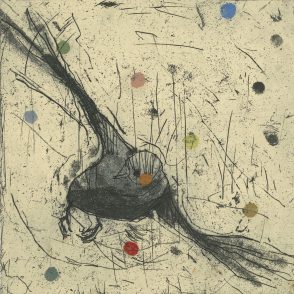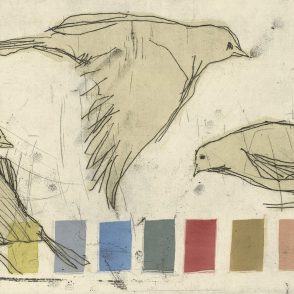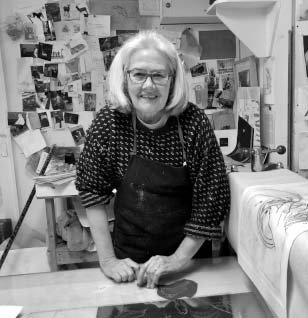
"My work reflects my life experiences, but I think the themes I explore are common to all of us: nostalgia for the past, our love for our pets, our daily anxieties, nature, and our desire for calm in a hectic world are elements of being human."
Paula Schuette Kraemer studied art history at Vassar College and completed her undergraduate work in fine art at the University of Wisconsin-Madison. She received her Master’s Degree in Fine Art from the University of Wisconsin where she studied both printmaking and ceramics with Warrington Colescott and Bruce Breckenridge. A close alliance with Tandem Press has afforded her the opportunity to learn from many of the artists who worked there. All of her work is created and printed at Open Gate Press, a workshop and studio founded by Kraemer and located in Madison, Wisconsin. She and her husband, David, enjoy a busy life with their children and grandchildren.
Artist Statement:
My work reflects my life experiences, but I think the themes I explore are common to all of us: nostalgia for the past, our love for our pets, our daily anxieties, nature, and our desire for calm in a hectic world are elements of being human. I hope my work can be viewed as commentary on both personal and universal truths. I tend to follow a theme for one or two years, then move on as my life changes and new images shift to the surface. These compositions are intended to be viewed with a slight smile, or even a tear.
Most of my works are drypoint monoprints and monotypes, though I also make oil stick drawings on mylar. Using a steel needle, I seek an expressive style lent by the immediacy and spontaneity of etching directly into a copper plate. During the printing process, I intentionally leave ink on the plate so I can freely wipe, smear and draw into the residual (this is the aspect that qualifies my work as drypoint monoprints and monotypes). The prints within each edition vary slightly, yet the image portrayed, the color, and the composition are constant within each edition. Because so much creativity and time is involved in the actual printing process, only small editions of twenty or fewer are produced.
